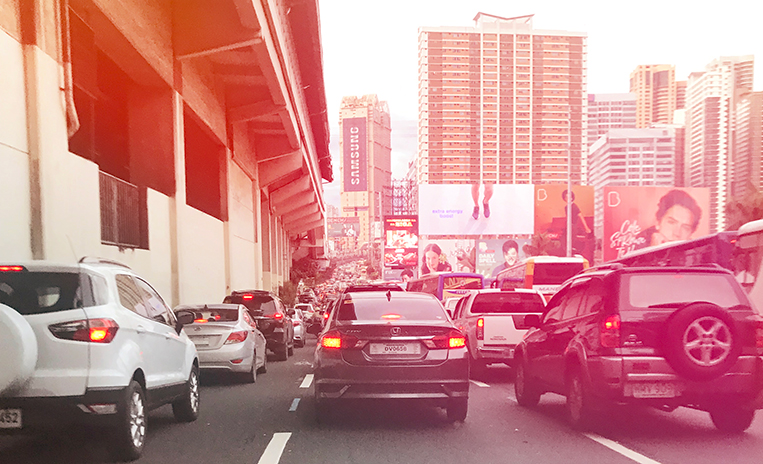
Patrons of transport network vehicle service (TNVS) companies like Grab and Uber were recently up in arms over the Land Transportation Franchising and Regulatory Board’s memo advising all concerned that the agency will start implementing a “common supply base for TNVS.” By doing so, the LTFRB was proposing to limit the number of TNVS vehicles to 45,000 units in Metro Manila, 500 units in Cebu and 200 units in Pampanga.
Predictably, TNVS customers were furious, especially after being incited by dramatic petitions from their favorite transport network companies.
Well, it seems their impassioned protests didn’t fall on deaf ears. Department of Transportation Secretary Arthur Tugade has now ordered LTFRB officials to review the policy in question by studying actual TNVS data, to see if there is really a need to adjust the previously declared common supply limit.
Here is the announcement issued today:
In the interest of the commuting public, please be informed that Department of Transportation Secretary Arthur Tugade has earlier ordered the Land Transportation Franchising and Regulatory Board to review certain provisions stipulated in the LTFRB Memorandum Circular No. 2018-003, which limits the common supply base of transport network vehicle service units in Metro Manila to 45,000.
Secretary Tugade maintained that such policies should, at all times, be anchored in the spirit of good governance and compassion, in order to better serve the interest of all the stakeholders, most especially the commuting public.
The DOTr and the LTFRB shall start monitoring in the next few weeks the number of booking requests received by TNCs, to include served and unserved requests, as well as other factors affecting the supply of TNVS such as number-coding, maintenance schedules, and working hours of drivers, so as to judiciously arrive at an objective number for the common supply base, which will likewise be based on the official list of accredited TNVS providers as submitted by TNCs (such as Grab, Uber and U-Hop) to LTFRB.
We assure you that should there be adjustments in the common supply base as a result of the review, the decision would be based on actual data from the different transport network companies, thorough DOTr study, and consultations with the public at large.
Rest assured that while the DOTr and the LTFRB continue to set fair standards, we shall, in the best way we can, exhaust all measures to meet the needs of the public in a platform of transparency, accountability and good governance.
The LTFRB has earlier stated that the common supply base is set to be reviewed “every three months” as the TNVS industry has a high churn rate (meaning that a number of drivers and operators regularly come and go).
So we guess…record car sales again for 2018?

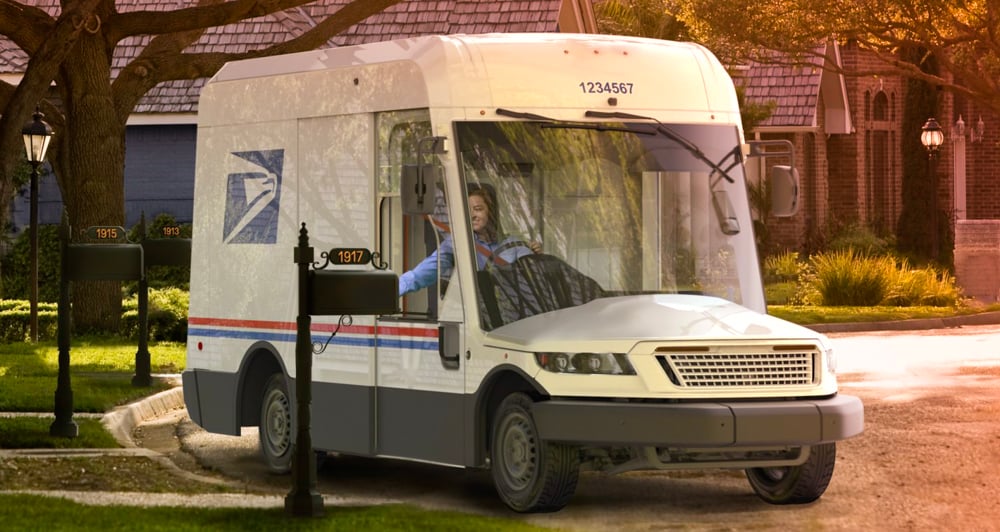
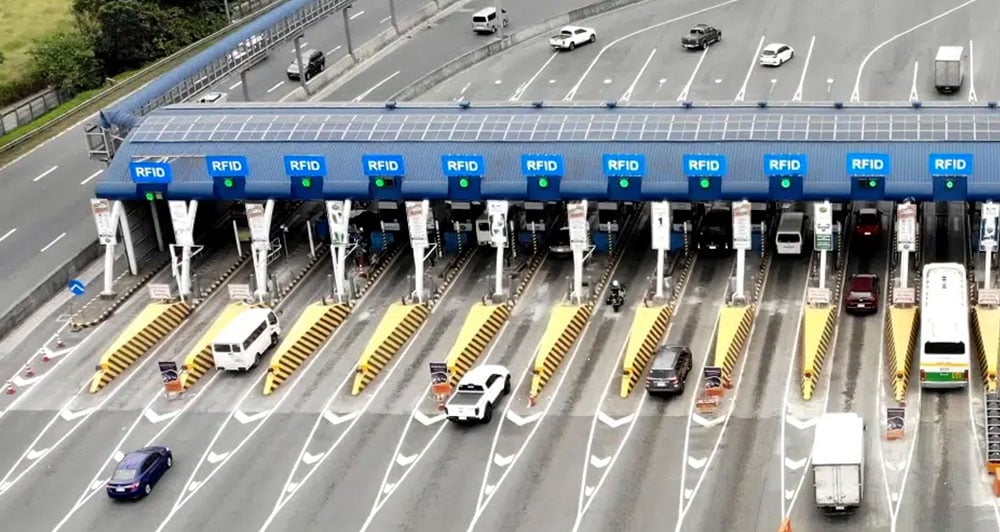
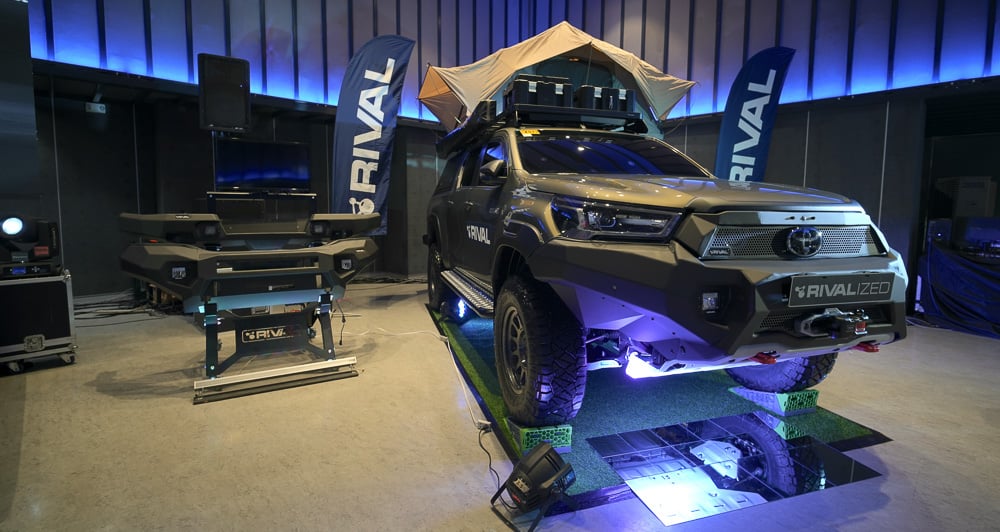




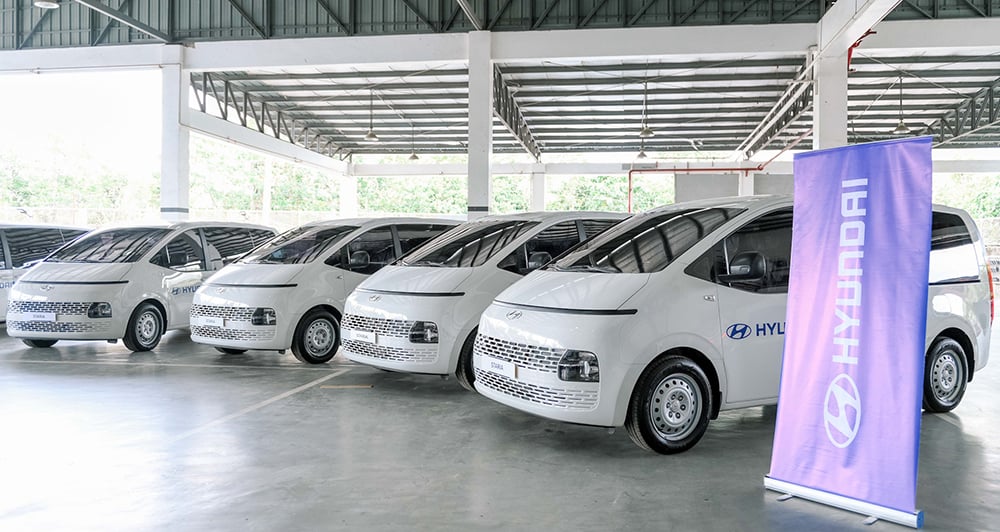


Comments